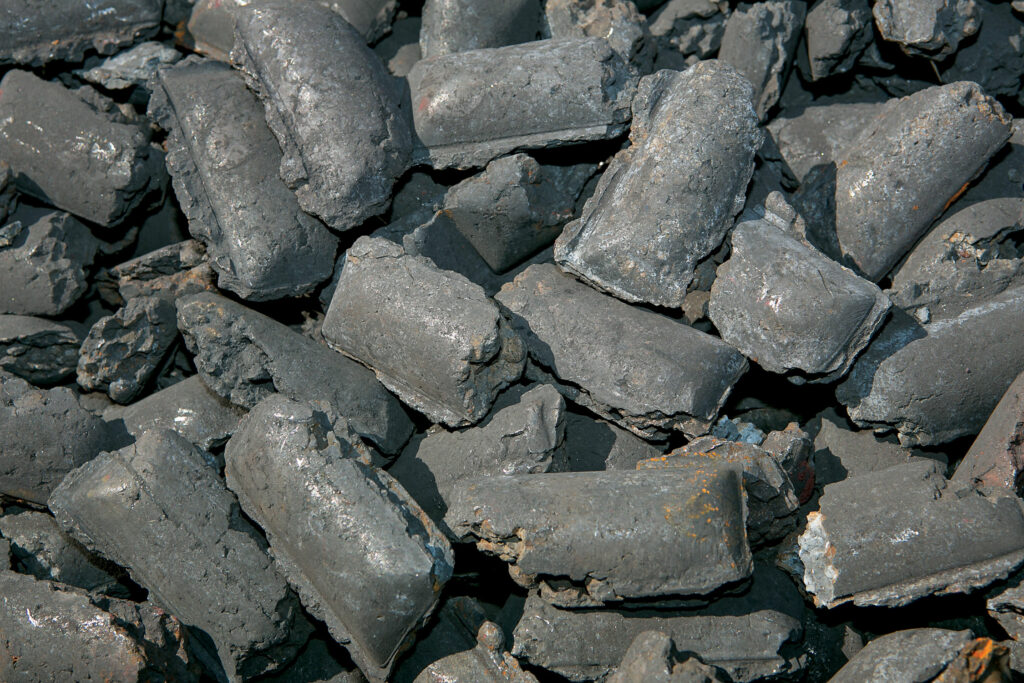This post is also available in: 简体中文 (Chinese (Simplified))
Ironmaking papers will be presented by Primetals Technologies specialists at the ESTAD Congress covering the topics of blast furnace ironmaking, Corex and Finex smelting-reduction technology, and solutions for processing direct-reduced iron (DRI) and by-products.
Improvements to the Hot Blast System for The Blast Furnace
Principal author: Mark Geach
Paper number: 252
Since the mid-2000s, Primetals Technologies has made a number of important contributions to improve the engineering, design, supply and installation of the hot blast system to meet producer requirements. This paper addresses numerous developments related to the external stove crossover, refractory arrangement of the hot blast system, refractory material supply and quality control, combustion (heating) cycle control, modified combustion cycle (flue-gas recycling) for increased efficiency, and refractory chequer design. In the course of developing the hot blast system during the past ten years, Primetals Technologies has consulted with its global network of ironmaking customers to learn more about their requirements. The result is innovative and tailored engineering solutions that have subsequently been applied throughout the company’s design portfolio for blast furnaces. Primetals Technologies is therefore able to provide a customer-focused and reliably engineered hot blast system to the ironmaking industry.
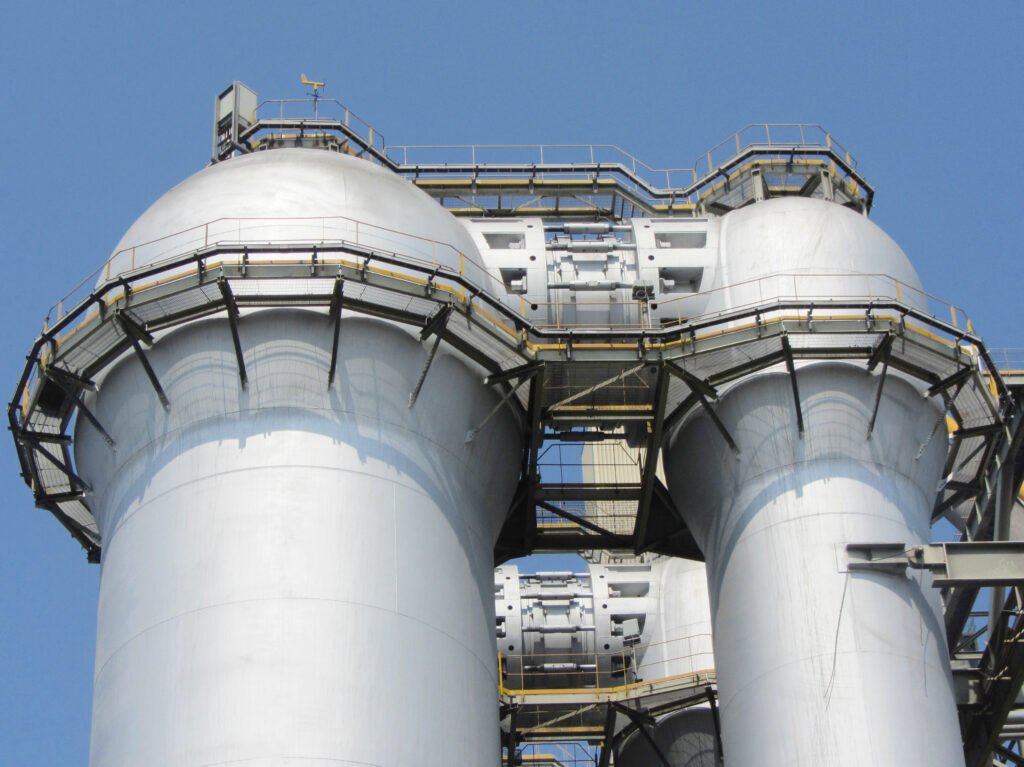
Blast Furnace Cooling Stave Design
Principal author: Martin Smith
Paper number: 250
The quality of the cooling system design is critical for any blast furnace campaign. Over the many years of blast furnace history, cooling systems have evolved and changed to give an optimum design today that provides a long campaign life balanced against future costs. In recent years, the latest evolution of the cooling system design has been related to the shape of the copper stave, which is now considered state of the art and has become an established feature on a large number of furnaces around the world. When first introduced, the copper stave was marketed as the ultimate cooling element, since it not only provided a cooling function but also featured self-protection through the formation of an accretion layer. Lately, however, furnaces equipped with a copper stave design have been affected by significant problems that have arisen during operation. This has led to premature failure of the staves and reduced campaign life. This paper reviews the evolution of the copper stave design and illustrates the latest techniques applied by Primetals Technologies in this critical area.
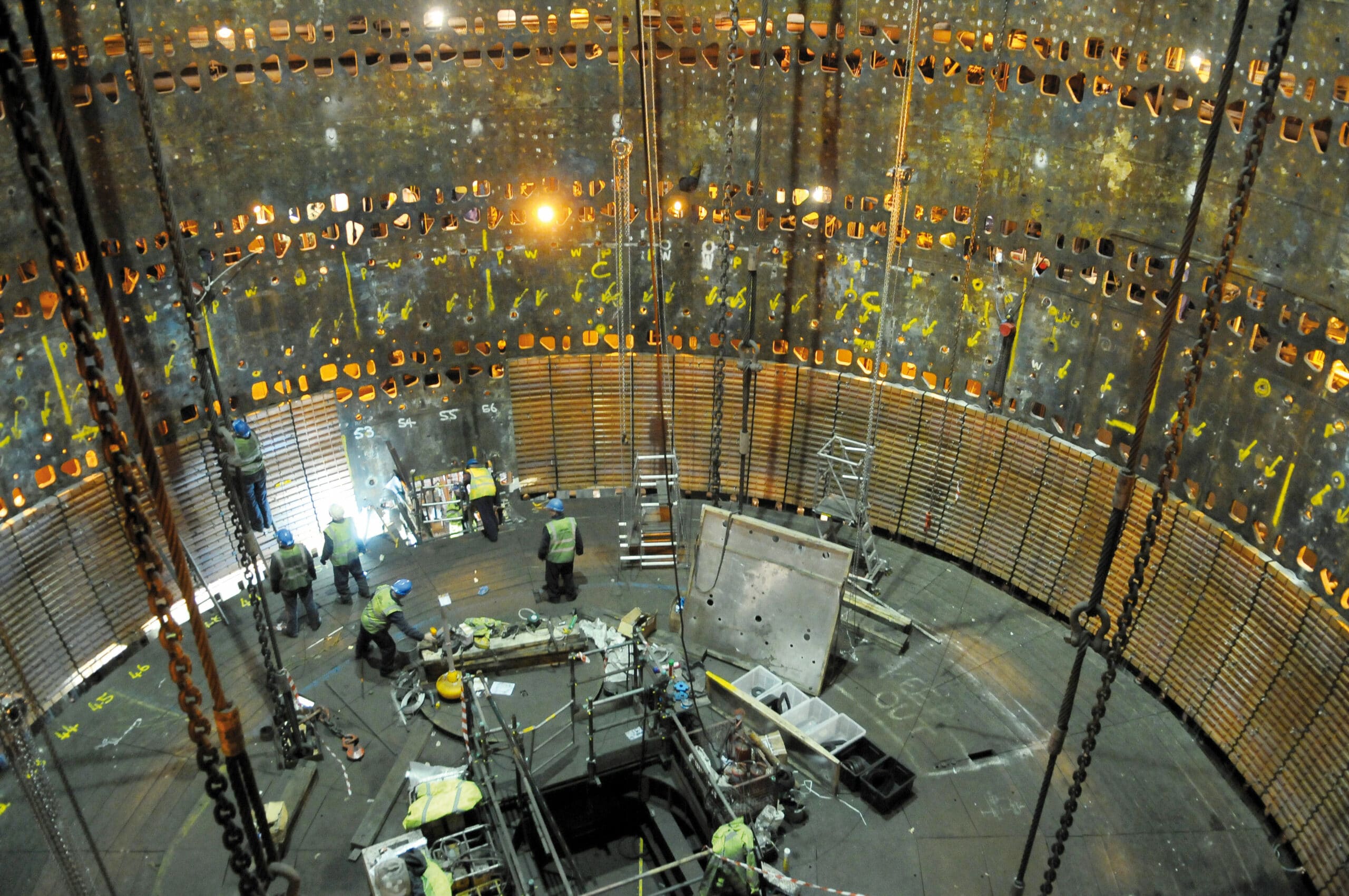
Dry Slag Granulation with Heat Recovery
Principal author: Ian McDonald
Paper number: 251
Each year, approximately 400 million tons of blast furnace slag are produced worldwide with a tapping temperature of around 1,500°C. The slag is normally used as a substitute for cement clinker or as an aggregate material in road construction. Currently, the slag is granulated in wet-granulation plants using large volumes of water. It has not been possible up until now to utilize the remnant heat energy of the molten slag, which amounts to approximately 1.8 GJ of energy per ton. In an R&D project now underway by a consortium of companies comprised of Primetals Technologies, voestalpine Stahl, the FEhS – Building Materials Institute, and the University of Leoben (Austria), a new dry-type technology is being investigated to use air to cool molten slag and recover the lost heat energy. The resultant pelletized slag fulfills the same criteria as wet-granulated slag for use in the cement industry. Phase 1 of the project, which has been completed, involved setting up a technical plant at the University of Leoben in 2012. This was followed by a series of dry-slag granulation campaigns using remelted blast furnace slag. The elevated offgas temperatures and the quality of the slag product have shown that the process is suitable as an industrial application. The decision was then made to escalate the project from a large laboratory scale to a full-size pilot plant. Phase 2 development of this plant is now underway, and starting in mid-2016 the full slag flow from Blast Furnace A at voestalpine Stahl in Linz will be fed directly to the plant. This paper describes the development path taken to date, and outlines the next steps toward achieving the goal in late 2016 of industrializing this game-changing process of dry slag granulation with heat recovery from the slag.
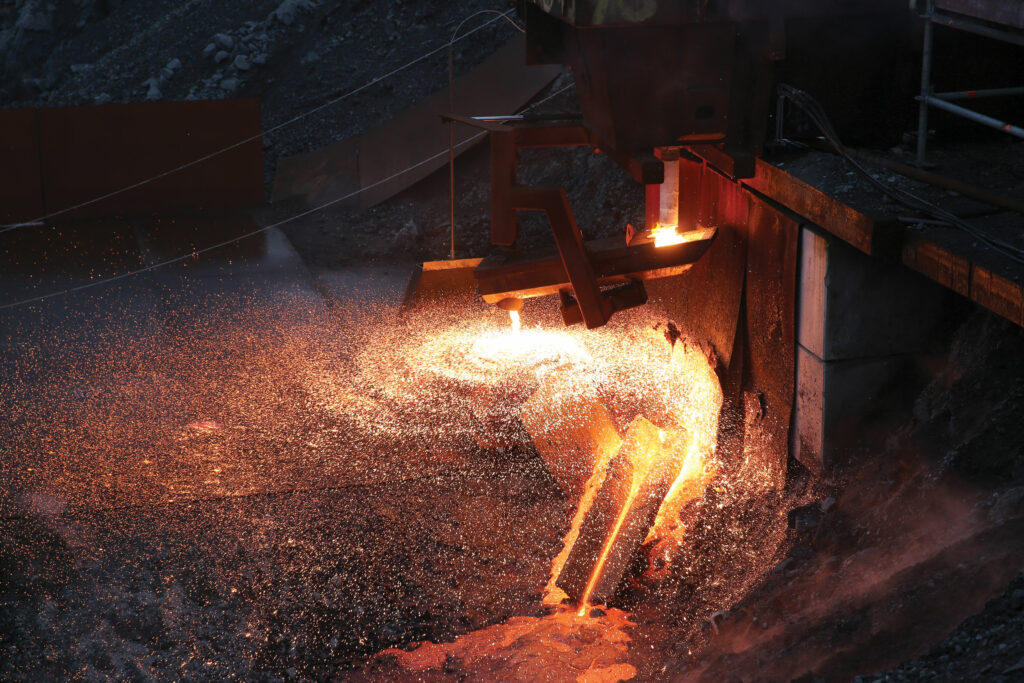
Integrated Burden Control Operation for Blast Furnaces
Principal author: Dr. Martin Schaler
Paper number: 257
Primetals Technologies, in close cooperation with the ironmaking division of voestalpine Stahl, developed the BF Optimization System to ensure high-performance and cost-effective blast furnace operation. A key issue for low-cost, hot-metal production is effective control of the composition and distribution of the raw materials in the blast furnace.
The first part of the paper describes the individual process models for exact burden proportioning and for burden distribution control, as well as the model toolbox for checking the plausibility of mass and energy balances.
The second part outlines the integration of these individual models into the BF Expert System, which is implemented as a rule-based decision aid. Practical examples of suggested corrective actions are shown. A detailed explanation of the applicability and limitations of the closed-loop burden control concept is also presented. Closed-loop burden control made possible by the expert system has been used by voestalpine Stahl in Linz, Austria, for all blast furnaces during the last campaigns.
The final section of the paper presents the 2014 operational data for the burden composition, including the fuel rates in addition to details on hot metal production and quality. For Blast Furnace A, the total coke-equivalent fuel rate is below 455 kg/t of hot metal and the productivity rate is above 2.8 t of hot metal per m³ of working volume. This shows the potential of the presented integrated burden control philosophy for low-cost, highly efficient ironmaking.
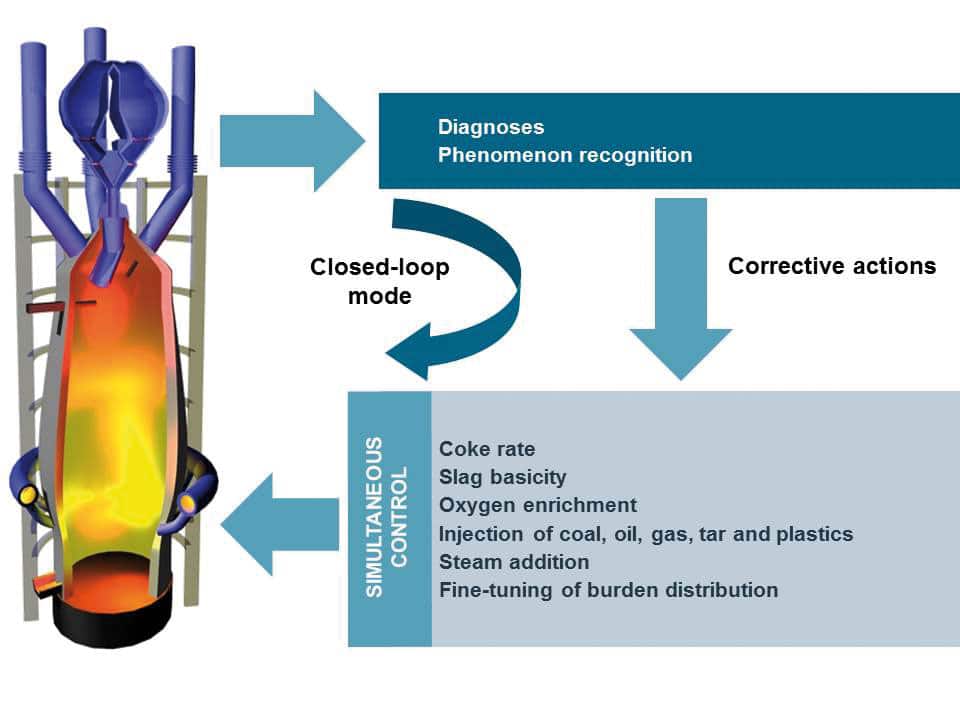
Recycling of Ferrous By-products in DRI Plants
Principal author: Christian Brunner
Paper number: 273
In DRI-based plants, a large amount of oxide fines, DRI sludge and DRI fines are generated either as a result of the process itself, or during material and product handling. In many cases, these by-products may be used in sinter plants without further processing. However, in most DRI-based plants there is no sinter plant available for recycling, and the most effective way to process this material is in the direct-reduction plant as a partial substitute for pellets or lump ore. However, the reuse of such by-products in direct-reduction plants is currently uncommon.
Primetals Technologies has therefore performed comprehensive studies and tests on briquetting iron-containing by-products. To verify the physical stability and chemical reducibility of the briquetted material, extensive laboratory tests (for example, static reduction tests) as well as field tests – so-called basket tests – have been performed and proved to be successful. The very promising results of these tests and the concept for briquetting iron-containing materials are presented in this paper.
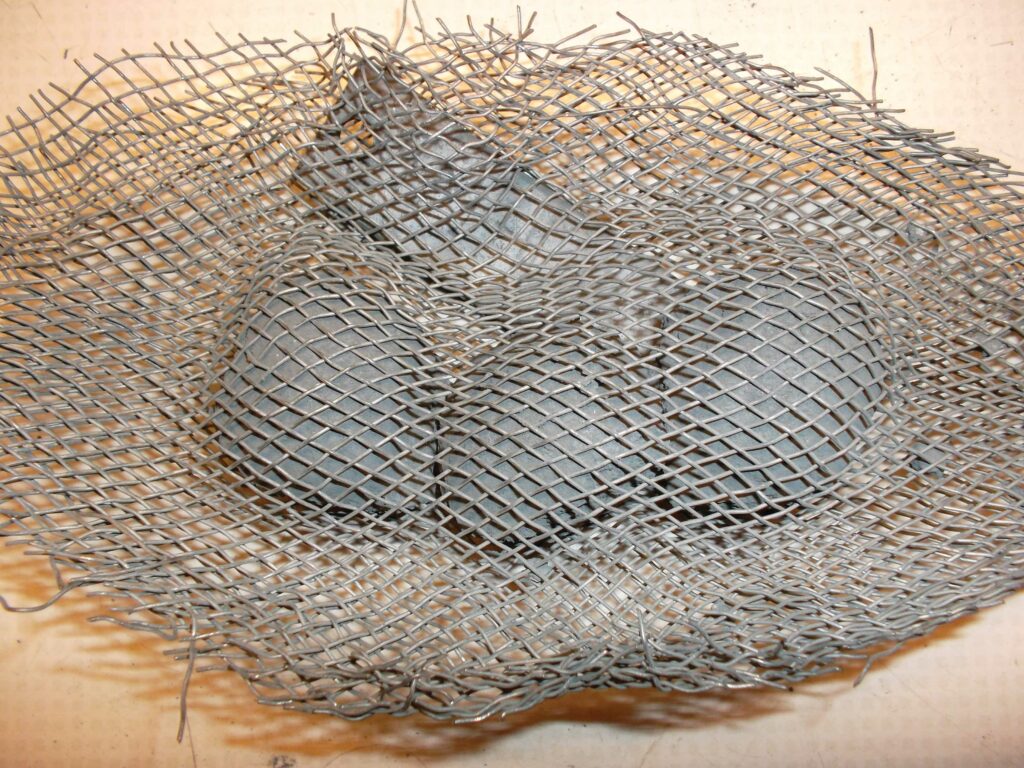
Corex – An Answer for Hot Metal Production in a Challenging Environment
Principal author: Wolfgang Sterrer
Paper number: 274
Corex and Finex are the only industrially implemented technologies to the blast furnace route for the production of hot metal. With consideration to the current challenges in the raw material sector – deteriorating raw material quality, ever-stricter environmental regulations, etc. – it is worth reevaluating the Corex process and comparing it with traditional blast furnace technology. Current trends in the iron and steel industry are making it increasingly attractive to utilize the Corex export gas for the production of direct-reduced iron (DRI). Integrated plant concepts based on a Corex/Midrex DR plant combination offer highly feasible solutions to meet future challenges in the iron and steel industry. The benefits include:
- Economical production of hot metal and DRI based on the use of coal
- No need for coking or sinter plants
- Integrated energy and waste-processing solutions
- Environmentally friendly production of high-quality hot metal
An economic evaluation of different Corex gas-based integrated plant concepts is presented and compared with the traditional blast furnace route.
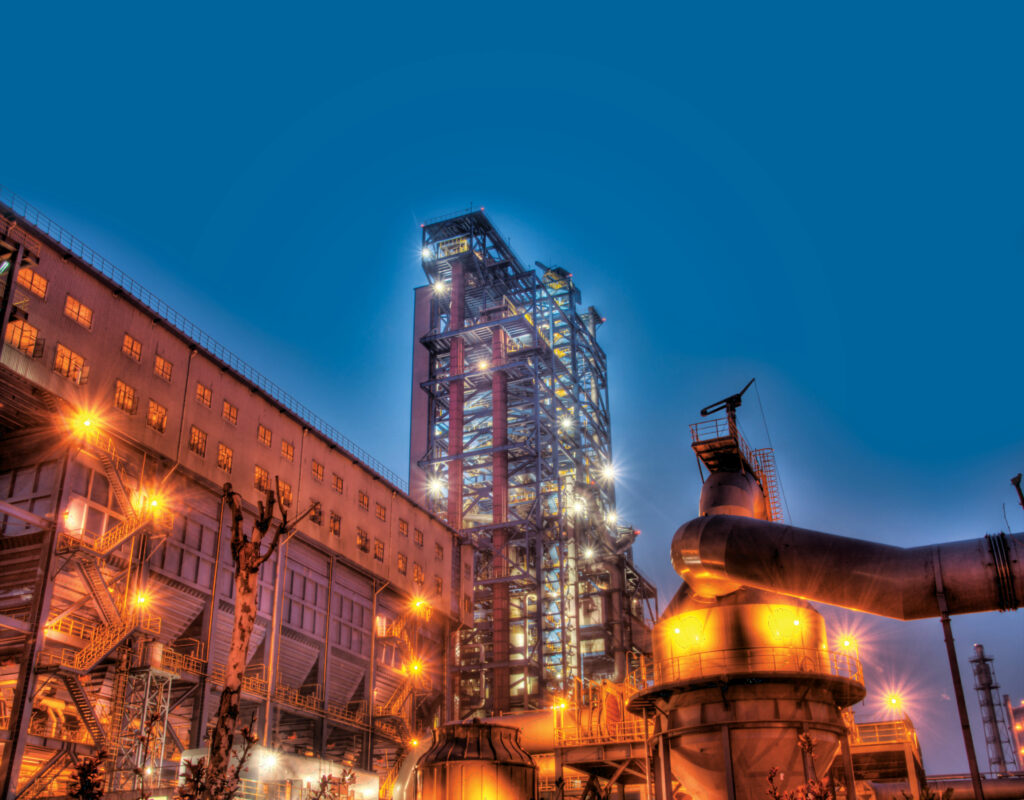
Finex – An Ironmaking Dream Come True
Principal author: Shibu Kondoor John
Paper number: 302
Today’s dominating technology for the production of hot metal is the conventional blast furnace route. Beside the blast furnace itself, coking and sintering plants are also required. With the innovative Finex process, however, ironmaking is possible without the need for the coking and sintering steps – a metallurgist’s dream comes true. This technology is based on a smelting-reduction solution that features the direct use of non-coking coal as a reducing agent and energy source, and a non-agglomerating fine ore as the iron carrier. Finex allows steel plant operators to reduce the costs of ironmaking in an environmentally manner. Considering future possible optimizations of the process, Finex has the potential to revolutionize the iron and steel industry, similar to the successful development and industrial application of LD (BOF) converter steelmaking or continuous casting. The main topics covered in this paper are the status and outlook of Finex plants now under operation as well as the latest technological developments.
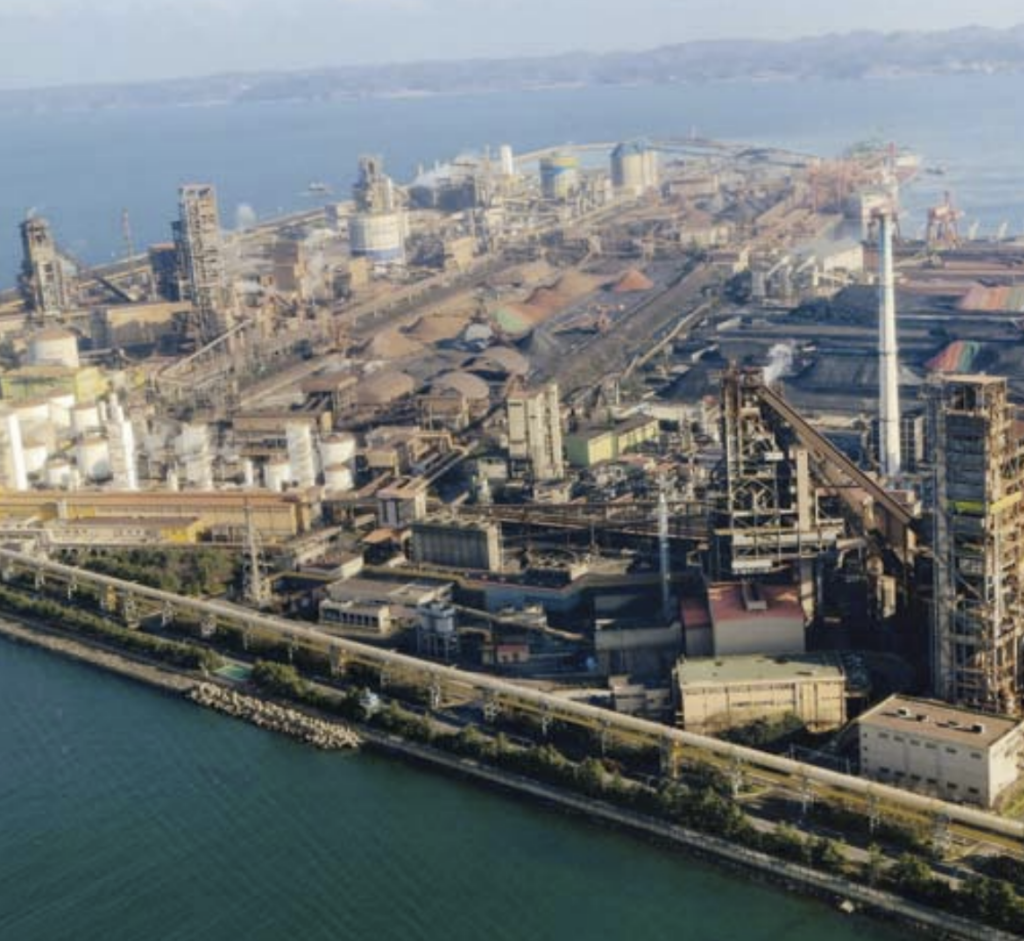
DRI Processing in the Blast Furnace, EAF, or with the Jet Process – A Comprehensive Overview
Principal author: Dr. Gerald Wimmer
Paper number: 367
Several new direct-reduced iron (DRI) production facilities have been put into operation in recent years. This trend is mainly driven by new raw material sources that are well suited for DRI production and in view of decreasing gas prices. This led to an increased availability of DRI for downstream steelmaking facilities. Several technical solutions exist to process the DRI: melting with electrical energy in an EAF, substituting part of the iron ore in a blast furnace, or melting in a converter equipped with coal injection such as in the Jet Process that is designed to handle increased hot-briquetted iron (HBI) and scrap rates. A detailed description of these methods and the necessary core equipment is presented in this paper. Figures from reference plants and process calculations are used to compare the different procedures of DRI processing and highlight their advantages, disadvantages, limitations and potential areas of application. Finally, figures and results from real operation are discussed.
